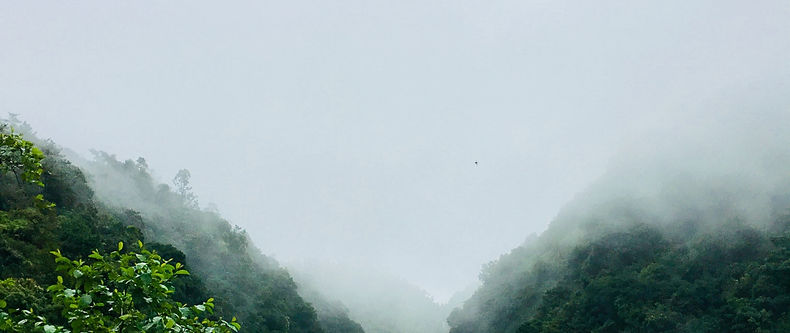Cha No Yu - All about Japanese Tea Ceremonies
- Harvey Cocks

- Jun 16, 2020
- 3 min read
Today we will be talking about Cha No Yu which are Japanese tea ceremonies. We will be diving deep into learning about the procedure for Japanese tea ceremonies, the equipment needed for the ceremonies and finally the history behind the ceremonies.

Let's begin by talking about the procedure of Cha No Yu. Firstly, the clothing dress code is crucial and very important. Wearing some clothes that are fashionable is not allowed, perfume or any strong fragrances are also not considered to be allowed as it could act as a distraction point from the tea ceremony whilst finally making sure not to wear any jewellery.
The ceremony is held and taken place in a precise location and of which is carefully selected for the occasion of the ceremony. On some occasions, the tea ceremony venue is based around a garden whereby people can gather themselves and prepare for the ceremony by washing their hands and gathering themselves together in the garden.
Then the guests gather together before entering the tearoom traditionally called a “tatami room”. The decorations are a huge ordeal for these tearooms in the venue and are carefully selected by the host based on the occasion, most of the time these include scrolls or seasonal flowers being displayed. Once everyone has shown respect by bowing, the head guest typically then enters into the room and takes the closest seat to the “alcove” in the room before any else enters. Typically the seating position sit in a “seiza” position on the floor, and once everyone is sat down, it is required to bow once again before observing the tearoom.

The host will be the person to prepare the tea in front of the guests, and of which uses the following equipment to brew Matcha (powdered green tea):
-Tea bowl
-Tea caddy
-Tea scoop
-Tea whisk
-Chakin (tea towel)
-Kettle
The equipment will be already at the location for the tea ceremony and will also be placed in orcandance to the occasion/seating plan for the guests. Once the tea has been made for the guests, people enjoy a Japanese sweet and it is supposed to be eaten before drinking the tea. However, when drinking the tea it is acquired to drink it in a professional manner and style in order to show respect and honour to the host. This typically is making sure that you drink the tea with your right hand, and the front of your hand should not be shown, lifting the bowl and finally drinking the tea. When finished place it back on the mat/tray on the floor and then bow to express gratitude.
Before the tea ceremony ends, the host will sometimes ask others if they would like more tea, once this is done people can then appreciate and look at the delicate tea bowls if they wish and admire the equipment. Of which once this is done, the tea ceremony is officially over once the host washes the tea equipment and places it back where the equipment previously was.
Before we move onto the history of Cha No Yu, Matcha, the tea that is served to guests for them to drink comes in 2 main different forms for people to make, thick and thin. These two main ways of preparing the tea usually consist in changing the flavour, texture and overall tasting notes of the tea.
Now onto a look into the history of Cha No Yu. It originally began in the 9th century in Japan according to the first documented evidence in an entry from Nihon Koko by a Buddhist monk Eichu. At this time China had a big following in tea and as the same in China, in Japan tea was treated as a medicinal beverage and drunk by the highest of privileged people in higher classes. It began to become more popular in the Muromachi Period in Japan roughly around 1333-1573 in most social classes rather than the higher ranks.
There was a figurehead of tea in Japan named Sen No Rikyu, who was a teamaster of the regent Toyotomi Hideyoshi who greatly supported Sen No Rikyu in spreading the greatness of tea around the country. Sen No Rikyu made it his aim to not only to spread the joys of tea but in fact defining it as a philosophy that each meeting should be treasured, and to enjoy the present moment in peace and tranquillity of which he brings towards the art of “the ways of tea”.
So now you know just a little bit more about Cha No Yu (Japanese tea ceremonies), I hope you enjoyed this blog post and be sure to stick around for more!








Comments